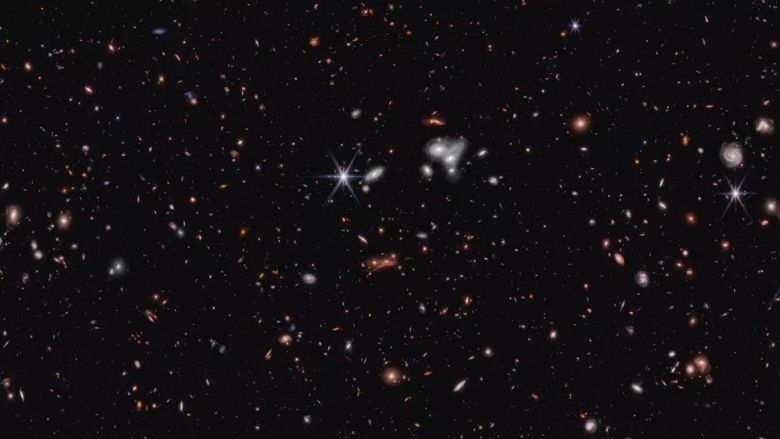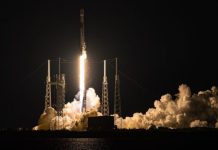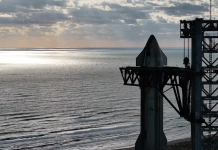For a supermassive, it is unusually light.
NASA’s James Webb Orbital Observatory has discovered the most distant active supermassive black hole to date. This was reported by the press service of the Space Research Institute in Baltimore, which manages the James Webb project.

The galaxy that houses the ancient black hole CEERS 1019 formed quite early in the history of the universe, just 570 million years after the Big Bang. The active supermassive black hole at the center of CEERS 1019 is unusual not only for its age and distance, but also for its mass of only 9 million solar masses. Typically, most of the supermassive black holes that appeared in the early universe have masses greater than 1 billion solar masses and are easier to detect.
James Webb Space Telescope has discovered supermassive black hole
The black hole at the center of CEERS 1019 has become something of a mystery. The scientists noted in their statement:
It is still difficult to explain how it formed so soon after the creation of the universe. Researchers have long known that smaller black holes must have existed in the universe before, but it wasn’t until James Webb started observing that they were finally discovered.
Dale Koczewski of Colby College in Waterville, Maine, stressed that James Webb was the first observatory to image such a black hole so clearly. He noted:
We now think that lower-mass black holes could be everywhere, waiting to be discovered.




